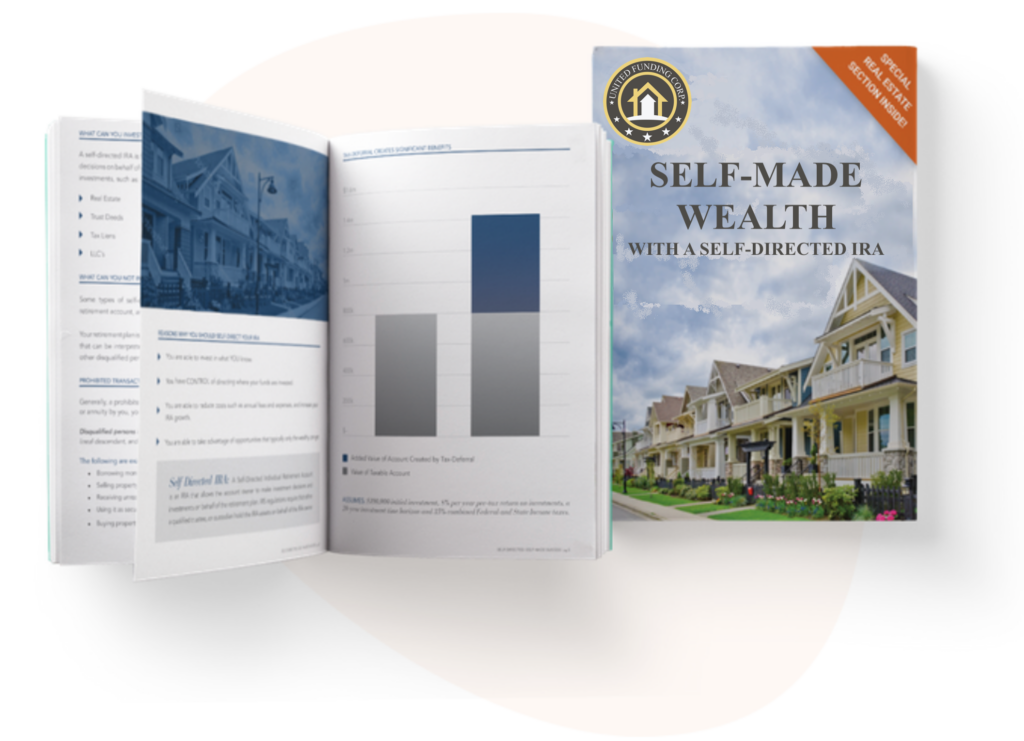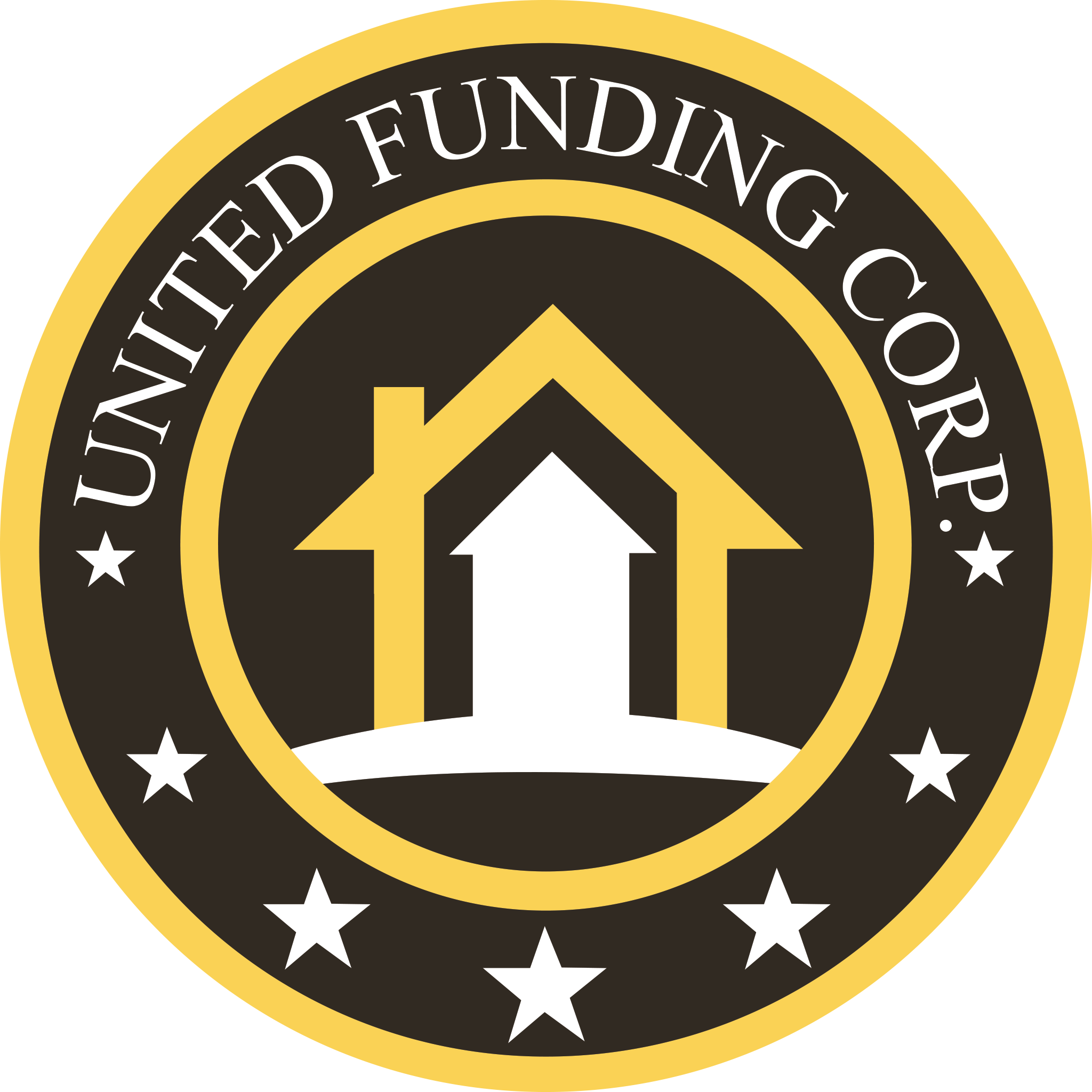
Retirement Planning: How to Build a Secure Future
According to the 2024 Insurance Barometer Study by LIMRA and Life Happens, financial preparedness for retirement is the top concern for adults aged 18 to 75. Despite the fact that nearly 60% of Americans have a tax-advantaged retirement account like an IRA or 401(k), an AARP Financial Security Trends Survey reveals that only about half of Americans feel they are saving enough for a comfortable retirement.
Whether you are just beginning your career or nearing retirement, it’s crucial to assess and refine your retirement plans regularly. A well-thought-out plan can ensure that you meet your financial needs during your golden years. To guide you in achieving a secure retirement, we’ve created a comprehensive checklist to keep track of your goals.
10+ Years Before Retirement: Start Early for Greater Security
The earlier you begin your retirement planning, the better positioned you’ll be to meet your goals. For individuals more than a decade away from retirement, here are steps to ensure a strong foundation:
1. Open a Tax-Advantaged Retirement Account
A retirement account like a Traditional IRA, Roth IRA, SIMPLE IRA, or 401(k) is one of the best ways to secure your future. Contributions to these accounts grow tax-deferred or tax-free, which allows your investments to compound over time. The earlier you start, the more you can maximize the power of compound interest. Be sure to set a monthly contribution goal that fits within your budget. Aim to reach the annual contribution limit to enhance your savings.
2. Estimate Expenses and Build a Budget
Opening and contributing to a retirement account is important, but it’s equally vital to project your future expenses. These include daily living costs, housing, healthcare, utilities, and insurance. Additionally, factor in future leisure expenses like travel or hobbies. Once you have a good understanding of these expenses, you’ll know how much you need to save to maintain your lifestyle in retirement.
Building a budget in the present will also help you optimize your savings. Make sure to track your income and spending so you can allocate more to your retirement account.
3. Consult a Financial Professional
Financial advisors can provide personalized advice on choosing the right retirement accounts and help you craft a sustainable budget. They may also suggest other financial products like life insurance or annuities to further secure your financial future.
4. Pay Off Debts
Debt can significantly hinder your retirement plans. High-interest debt, in particular, should be prioritized. Paying down debt allows you to free up more money to contribute to retirement accounts. If you’re managing both debt and savings, consult a financial advisor for strategies to balance these goals effectively.
5. Build Your Emergency Savings
Having an emergency fund is essential, even when focusing on retirement. This fund will provide a financial cushion to address unexpected costs like medical bills or car repairs without tapping into your retirement savings.
BONUS: Self-Direct Your Retirement Plan for Better Growth
A self-directed IRA (SDIRA) allows you to invest in alternative assets like real estate, precious metals, and cryptocurrency, which could provide additional opportunities for compound interest. With a Roth SDIRA, you benefit from tax-free earnings, so the interest you generate remains intact.
Maximize Contributions with Catch-Up Contributions
If you’re over 50, take advantage of catch-up contributions. For 2025, you can contribute an extra $1,000 to an IRA (bringing the total to $8,000), and up to $7,500 more to a 401(k), which can accelerate your retirement savings.
Your Ultimate Guide to Financial Success
Your retirement is a top priority—for you and for us. Our Ultimate Retirement Guide is designed to provide everything you need to secure your financial future. Inside, you’ll discover the key differences between various retirement accounts and explore multiple wealth-building strategies, including real estate and more. Download it today and take control of your future!

5 Years Before Retirement: Refining Your Plan
As you approach the five-year mark before retirement, it’s time to fine-tune your strategy. Here are important tasks to consider:
1. Set a Retirement Date
Start by choosing a retirement date. Many people find it beneficial to retire at the end of the month or year to maximize their savings. Your chosen date will also impact when you begin drawing from retirement accounts and Social Security benefits, so plan carefully.
2. Take Stock of Savings and Retirement Assets
Review your current financial situation. This includes your 401(k), IRA, pensions, annuities, and other income sources, such as Social Security. Understanding the total value of your assets will help you adjust your savings or investments if necessary.
3. Open a Health Savings Account (HSA)
Healthcare costs can rise significantly in retirement, and an HSA offers a tax-advantaged way to prepare for these expenses. Contributions are tax-deductible, the funds grow tax-free, and withdrawals for qualified medical expenses are also tax-free. As you approach retirement, an HSA can become a vital part of your strategy for managing medical costs.
4. Consider Your Retirement Location
Where you choose to retire can have a significant impact on your finances. Relocating to a less expensive area or downsizing your home can provide additional savings. For instance, selling a larger home and purchasing a smaller one can reduce property taxes, maintenance costs, and utilities. You might also consider areas with favorable tax policies or lower living costs to stretch your retirement savings.
5. Set Aside an Emergency Fund
It’s important to maintain a robust emergency fund, even in the final stages of your career. Aim for at least 12 months’ worth of living expenses to ensure you’re prepared for the unexpected.
6 Months to 1 Year Before Retirement: Final Preparations
As your retirement date draws near, there are a few final steps to ensure you’re financially ready.
1. Plan for Required Minimum Distributions (RMDs)
If you have a Traditional retirement account, you’ll need to start taking Required Minimum Distributions (RMDs) at age 73. These withdrawals are taxed as income, so understanding the timing and amount of RMDs will help you plan your taxes and spending during retirement.
2. Decide Which Assets to Liquidate
Begin to strategize about which assets to withdraw from first. For example, withdrawing from taxable accounts early may reduce the tax burden in your retirement years. Working with a financial advisor can help you make the most tax-efficient decisions.
3. Plan for Social Security and Medicare Benefits
Social Security benefits can begin as early as age 62, but delaying until age 67 can increase your monthly benefits. Additionally, ensure that you’re enrolled in Medicare at age 65, as this will help cover healthcare expenses during retirement.
4. Take Care of Major Expenses
Before retiring, make sure you’ve taken care of major debts, like your mortgage, credit cards, or personal loans. Paying off high-interest debt will allow you to start your retirement with a cleaner financial slate.
5. Verify That You Have Enough to Retire
Now is the time to confirm that your retirement savings and income sources will meet your expenses. If your calculated expenses exceed your anticipated income, an annuity may provide a steady income stream for the rest of your life.
The Benefits of Planning Early
Planning for retirement early allows you to:
- Leverage Compound Interest: Start early to maximize the effect of compound interest on your retirement savings.
- Adjust Investment Strategies: Early planning allows you to make strategic shifts in your portfolio as your retirement date approaches.
- Recover from Setbacks: Unexpected expenses, market downturns, or career disruptions are easier to recover from with ample time.
- Reduce Financial Stress: The earlier you begin saving, the less you’ll need to sacrifice later on, leading to a more comfortable retirement.
Additional Resources
For more information on planning your retirement, consider reading articles and guides on retirement planning, including:
- Top 10 Effective Retirement Plans
- Am I Saving Enough for Retirement?
- Self-directed IRA Investment Options
FAQs
How much should I save for retirement?
While there’s no one-size-fits-all answer, many experts recommend saving between 10-12 times your current salary. Your retirement needs depend on factors like healthcare, housing, and lifestyle.
When should I start saving for retirement?
The sooner, the better. Starting in your 20s allows you to take full advantage of compound interest. However, it’s never too late to start.
Should I invest in a Roth or Traditional retirement account?
Choosing between a Roth and Traditional IRA depends on your tax situation. If you anticipate being in a lower tax bracket in retirement, a Traditional IRA may be better. If you expect to be in a higher tax bracket, a Roth IRA could be the way to go.
By planning ahead and staying consistent with your savings efforts, you can look forward to a financially secure and stress-free retirement.
